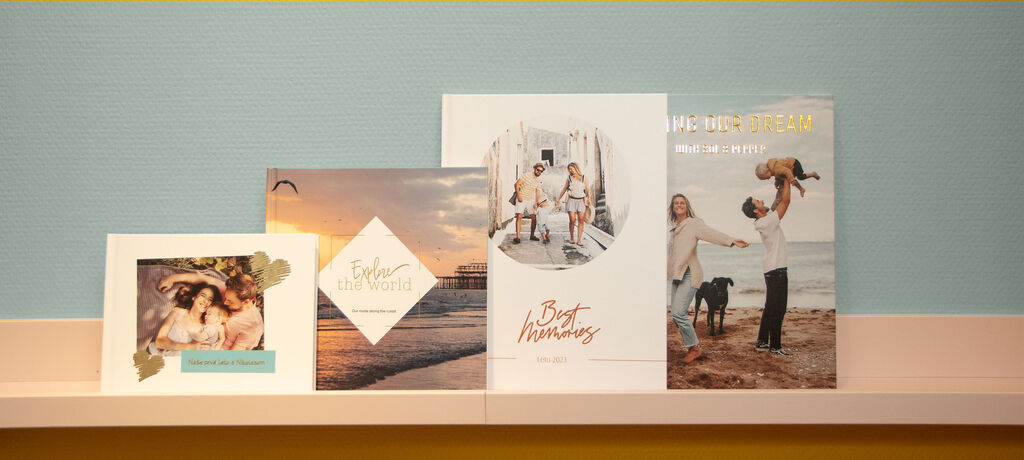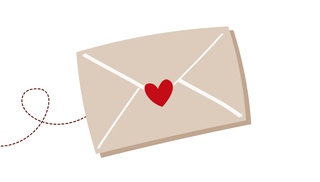
Photography Tips
Mouth-Watering Chocolate Photography Tips
6th August 2025
Chocolate might always look irresistibly delicious in real life, but capturing this effect is one of the trickiest food photography tasks. The aim is always to make your cocoa product or recipe as appetising as possible, but this can quickly become difficult if the temperature rises or the lighting doesn’t add enough depth. The below tips will help you achieve quality results from every shot.
Preparing for chocolate photo shoots
Capturing chocolate on camera is very challenging because the material can change nature quickly. Chocolate is highly susceptible to the environment, and its appearance will be affected by temperature, humidity and handling.
Before your shoot, your chocolate should be stored in a cool, dry place away from sunlight. The fridge can be a good alternative, but the moisture levels can leave droplets on the surface that you’ll need to carefully dry off before shooting.
The room you shoot in should be no warmer than 20°C, or you’ll quickly find your chocolate starting to melt. If you want that little bit of extra time to shoot, dark chocolate is a great choice as it melts slower. Also consider using LEDs and setting up your lighting and composition before bringing in the chocolate to keep the room temperature cool.
When handling the chocolate, be sure to use clean latex gloves or tweezers – the last thing you want is to see your chocolate covered in fingerprints! Although this can be edited out in post-production, you want to avoid any major marks if possible.
Creating your chocolate composition
You’ll always want your chocolate to look delicious, but the exact vibe may change depending on the object. For example, you’ll want a take to look moist and luxurious, while brightly coloured truffles may need to shine and look fun.
Here are a few tips to keep in mind when composing your shot:
- Select the right background: warm neutral tones will bring out the richness of the chocolate. Although you may need different shades depending on whether you’re shooting white, milk or dark chocolate. Plain backgrounds will allow the object to take centre stage. Natural textures such as wood or marble can also add depth.
- Use the rule of thirds: to ensure your photo is well balanced, use a camera grid to make sure you place your chocolate object slightly off-centre under the rule of thirds. This will add interest, leave enough negative space and draw the viewer's eye to the main focus.
- Capture details with focus and close-ups: whether it's the piping on a cake or the glossy surface of a truffle, make sure you showcase it all and captivate viewers with high resolution, detailed images.
- Think about styling: draw up your composition ahead of your shoot to make sure you have everything you need on the day. Consider a cross section of your object or putting multiple in frame. Create balance by adding props in groups of three. Use serving dishes or plates to add interest.
- Try different angles: once your composition is in place, switch up the angles to help you find the best perspective. A bird’s eye view is a favourite, though tilting this slightly might help your object appear softer and more luxurious.
Light for a decadent look
To create that luxurious, luminous surface that makes chocolate so desirable, creating soft, cool light is essential. Although chocolate will melt in direct sunlight, natural light can really bring out its scrumptious beauty. Shooting near an open window or door in the ‘golden hours’ with a white reflector to direct the light can help create this effect.
If you prefer the control of a studio set up, then using LED lights diffused through a softbox is a good option. Plus, they don’t get as hot as standard lamps, so the chocolate is less likely to melt. Positioning light so it's directional rather than flat will also help to add deep shadows and soft highlights. Always light “against the grain” of the chocolate to show the texture to the fullest.
The main issue you want to avoid are very bright reflections, as this will be too bright on the chocolate’s glossy surface and stop details from being captured. If possible, avoid using flash as it may overexpose the chocolate or create too harsh a contrast with the background.
Select the right lenses and settings
A macro lens will be your best friend when shooting chocolate, as it will allow you to zoom in and capture the tiniest details in all their glory. Other versatile options are a 35mm lens (using a cropped sensor) or a 50mm prime lens. A telephoto lens is another good choice, as its softer focus will give the chocolate a moreish, enticing look.
Use the lowest f-stop possible, 35mm to 50mm is ideal to give your chocolate a dreamy look. With a narrow depth-of-field and out-of-focus background, your shot will highlight the beauty of the chocolate and mask any blemishes. To recreate this on your phone, switch to portrait mode. Use the HDR (High Dynamic Range) function to capture more detail and enhance shadows.
Editing your chocolate photos
It’s pretty much unavoidable that there will be imperfections when working with chocolate. These can be fixed in photo editing software. You can repair minor blemishes on the surface to create the glossy, luminous finish people can’t resist.
You might also want to adjust the contrast, highlights and shadows to enhance the product’s look. Improving the clarity and correcting colours can also help bring out key details and textures. Just be careful not to over edit as this can remove the natural appeal of the chocolate photo.
Once you’ve wrapped your chocolate photography shoot, make sure you show off your images in a portfolio or recipe book!







